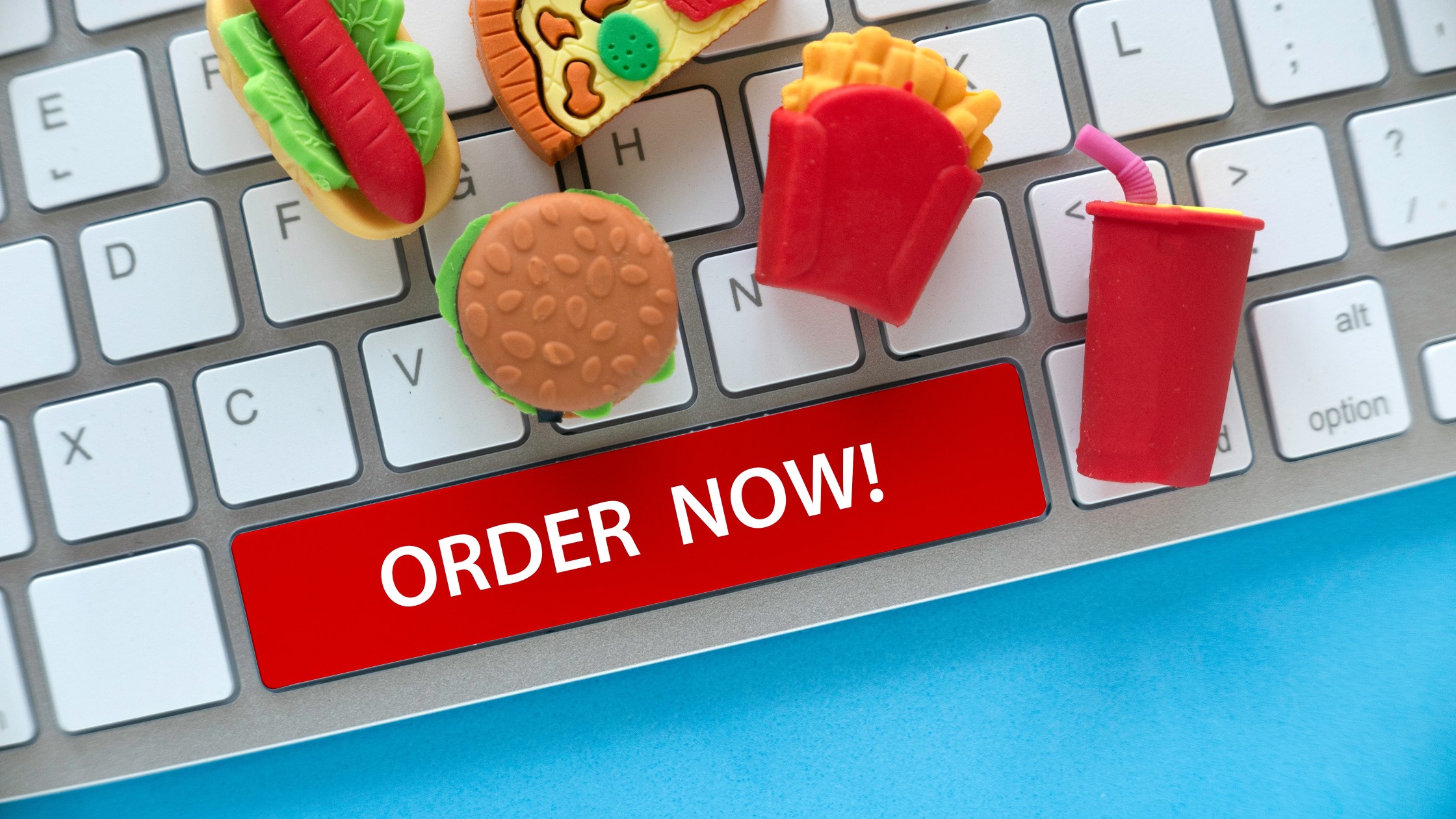Whether it’s on Uber Eats, DoorDash, or on your restaurant’s own website, your digital menus are important for marketing your restaurant as well as selling your product. Not only can an online menu make your restaurant easier for diners to discover you online, but they can help to build excitement around your offerings.
77% of diners visit a restaurant’s website before they dine at or order out from a venue--and 100% of those who order through one of your Ordering Platform partners will glance at your digital menu. This is especially true in the wake of the COVID-19 pandemic.
A recent survey on how diners choose where to eat found that a whopping 94% of Millennials check online menus before dining out. So with that in mind, enjoy this Ultimate (Quick) Guide to optimizing your digital menus.
1- It’s a good idea to maintain a separate online ordering menu in your POS so you can easily edit it in one place and don't have to travel to different categories/items within your in-store menu (this is POS-dependent). Many of the POSs ItsaCheckmate works with accommodate multiple menus—for example, you likely have an in-store menu within your POS and an online ordering menu too. For POS systems that support multiple menus, ItsaCheckmate pulls the online ordering menu into our system and don't do anything with the in-store menu. Making future edits to your menu is simplified—just go to your online ordering menu in your POS (or in your Menu Management Portal), make your edits, and sync and push to updates directly from the Portal.
2- Whenever possible, name your items/modifiers in your POS the way that you want them to appear online. Some POS systems allow you to have an in-store name and an alternate name, which ItsaCheckmate uses for your online menus. However, keeping the names as customer-friendly as possible helps in minimizing potential order errors that may arise from menu-mapping discrepancies.
3- Set up your categories based on item type, for example, Appetizers, Entrees, Sandwiches, Desserts, and Drinks. Each menu item should belong to a single category, not multiple ones. A milkshake is a beverage, but it’s also a dessert, for instance. Put your milkshakes under one category—Beverages or Desserts—not under both. Doing so can lead to menu-mapping errors and can cause unnecessary confusion for your customers.
4- Avoid having modifiers with the same name in multiple modifier groups under one menu item.
5- Avoid having nested modifiers (a “modifier of a modifier”). For example, if your item is a Cheeseburger, and among your modifier group toppings is ”cheese,” avoid the modifier group “choose your cheese.” In some cases, ItsaCheckmate can support this, but it could add unnecessary complications and errors.
6 - DoorDash reports that items with pictures can result in increasing revenues by up to 25%. Add photos to make your menu more enticing and potentially increase revenue. There is definitely a time investment upfront but you are sure to reap the rewards.
7- You've decided to add photos to your menu. Now what? Make your efforts worthwhile by taking amazing pictures. Don’t worry; you don’t need to be a pro. All you need is your smartphone, some good, natural lighting, and a neutral background so the food is the “star.” Wood, a plain wall, or a neutral-colored cardstock works just fine.
Shoot from the best angle; we recommend shooting from above to highlight all the dish’s colorful details. Or, if the item is layered—a cake, smoothie, or a slice of lasagna for example—shoot from the side to highlight the layers. Here are more Food Photography 101 tips.
8- Make your menu (and website) discoverable. Google and other search engines look for keywords, the words a customer is most likely to use when searching for a certain topic online. The more relevant keywords you include in your online menus and website, the more likely it is that your business will pop up at the top of Google’s search results.
“Food,” “meal,” etc. are no-brainer keywords for a restaurant, but you should also include those that are specific to the kind of food and experience you offer. “Fine dining,” “Thai food,” “outdoor seating,” “oysters,” are a few examples.
By the way: It’s more difficult for Google to “crawl” PDFs than text. We recommend you include a text-based menu on your website, instead of a PDF. (It may be a little more work, but it’s worth it).
9- Paint a tempting picture with words, using descriptive phrases. What sounds tastier? “Chicken Burrito” or “Chicken Burrito: Stuffed with savory free-range breast meat, complemented with Mexican rice, whole beans, crisp lettuce and farm-fresh tomatoes, local cheese, plus house-made salsa and our award-winning guacamole.” We know which one we’d order!
10- Engineer your menus for optimal sales. Avoid “choice fatigue” by limiting the number of items you offer. And remember the “golden triangle”: the human eye tends to go to the center of a document first, then to the top right and top left corners, so show your best-sellers or high-margin items there. Upsell by including modifiers like extra toppings, and order them from highest price to lowest.




